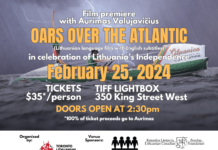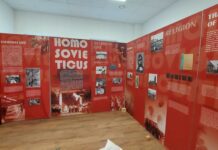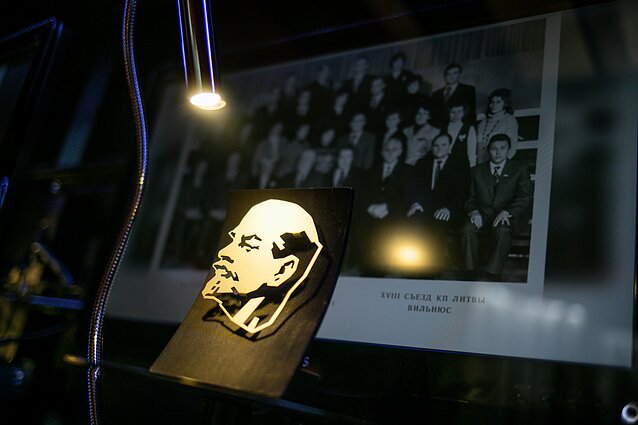
A new exhibition, Project Homo Sovieticus, opened on September 21 at Tuskulėnai Manor in Vilnius. Its purpose is to illustrate the efforts of the Soviet totalitarian regime to create a progressive Soviet citizen in a new social, cultural and political environment.
Director Dovilė Lauraitienė explained that the exhibition is an attempt to understand the theoretically-named homo sovieticus, a person who lived in the Soviet Union and Soviet Lithuania in particular, showing who s/he was and how s/he lived. The objects, texts, memorabilia and other exhibits reflect the spirit of the time and the characteristics of the Soviet era.
The exhibition consists of five themes explored in five separate spaces: culture, morals and values, religion, identity transformation and everyday life. An additional space is arranged as a symbolic “Memory Lane”, showing actual people who lived in Soviet times, as well as ideologized portraits and presentations.
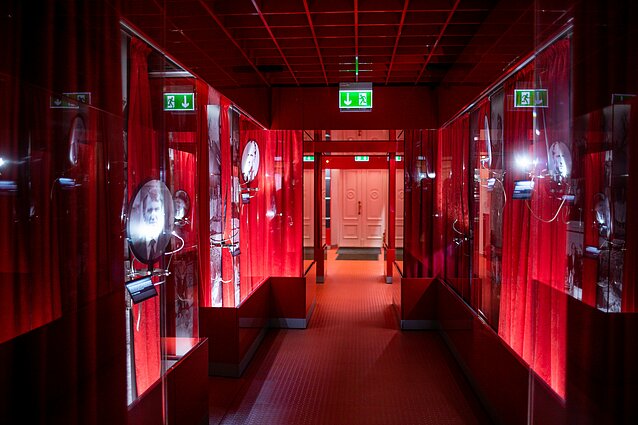
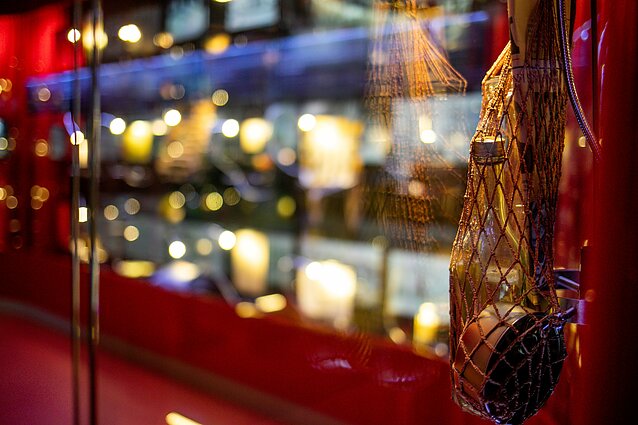
In order to emphasize the extent of separation between official propaganda and daily experience including silent resistance, the exhibition is presented in three levels. The top level of screens and exhibits show what was seen in public, officially declared and encouraged. The mid-level describes the daily life of the people, what was considered “normal”, and at the bottom – Soviet deviation from the “normal”, from crime to resistance.
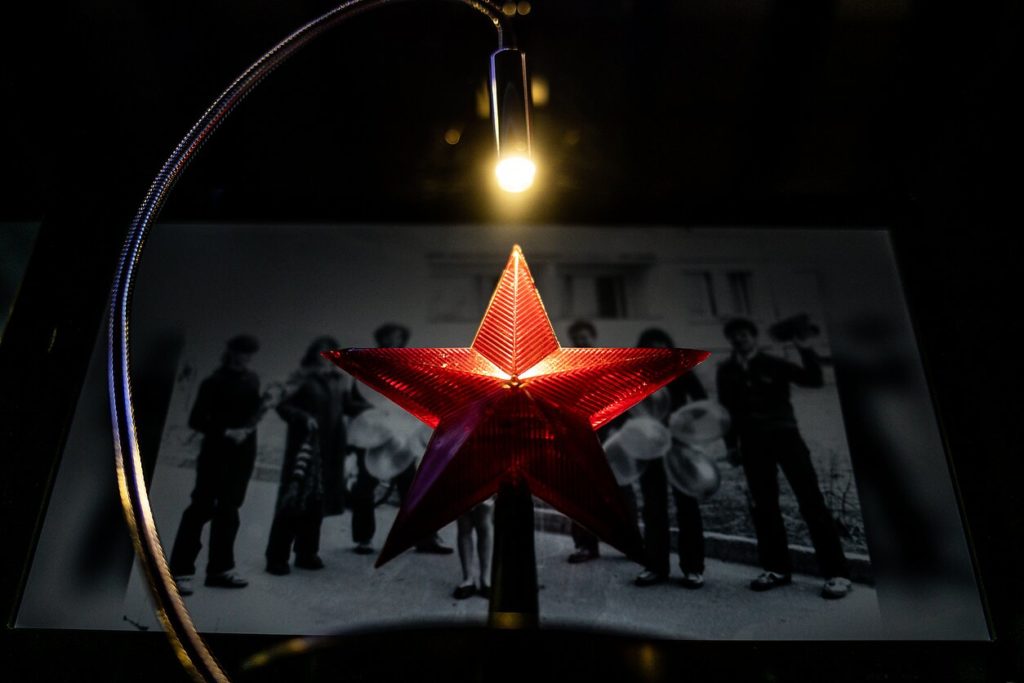
This display concept is unique, according to Dr. Arūnas Bubnys, General Director of the Lithuanian Genocide and Resistance Centre. Yet the distinctions are relative, because in real life the three levels were closely intertwined. The exhibition is meant to provoke discussion and evaluation, leaving each visitor to find his/her own relationship with the Soviet past.
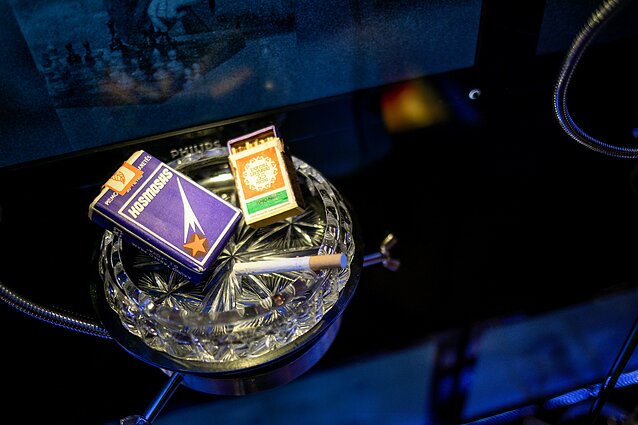
Each space has an interactive terminal, where visitors have access to specific activities, photo galleries, quizzes and glossaries of Soviet terminology. A smart-guide is available for visitors to listen to explanations of the exhibits, contemporary anecdotes and stories.
The 200 artifacts in the displays were collected from museums, libraries, archives and private collections. The exhibition will continue to evolve, with reference to public reactions and further research.
From Alkas.lt







